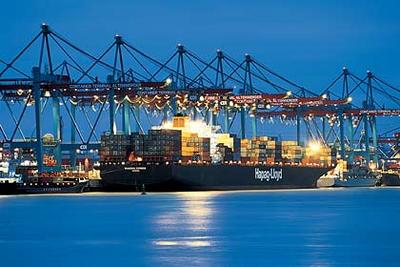Spend Money to Save Money!

Short-Term Perception: Today's lean manufacturing environment, shaped by just-in-time stocking and razor-thin margins, has made the use of premium freight a daily reality for manufacturers.
Though once used only on occasion to protect plants, shipping goods via premium freight is now a regular occurrence. While this shipping method can be expensive, manufacturers that incorporate premium freight as part of their overall logistics plan are able to create new efficiencies and cut costs.
For years, the use of premium freight was viewed as a "the last resort" of the supply chain. Even today, many manufacturers see utilizing premium freight as an admission of inefficiencies.
As efforts to eliminate the practice have revealed, premium freight is not always a by-product of poor manufacturing processes or inefficient supply chains. Logistics challenges currently facing manufacturers -- including rapid product launches, an ever-increasing focus on lean inventories to reduce warehousing costs, and the need to develop efficient global supply chains -- confirm premium freight's position as a necessary business practice.
Companies that include premium freight as part of their overall logistics strategy develop solutions that enable the supply chain to function seamlessly without forcing significant spending on a small amount of premium shipments. Using premium freight in this way gives companies a unique competitive advantage because it helps cut costs and ensure projects are completed near -- or under -- budget, and on time.
Long-Term Strategy: Using premium freight should be viewed not as a day-to-day tactical decision, but as part of a long-term transportation strategy. Decisions regarding premium shipments that were made on the plant floor now garner the attention of top executives, who look closely at expenses and strategize with plant-level decision-makers on cost-cutting methods.
In addition, the impact of premium freight has significantly changed these executives' views on whether or not to keep their plants running at all times. In the past, the mantra was: whatever the cost, keep the plant running. With a strategic focus on premium freight as part of the long-term logistics strategy, executives are on top of issues that previously may have forced a plant to shut down to preserve cost efficiency.
Premium freight expenses are often contained within general inbound or outbound freight budgets, and are not singled out as separate line items. Looking at these budgets in a holistic fashion, however, reduces manufacturers' ability to identify fixes that ultimately reduce costs and create efficiencies.
By investigating premium freight occurrences, and taking the time to break out the causes and expenses associated with these shipments, companies often find an untapped area for cost savings. Because a premium freight strategy enables transportation flexibility, manufacturers increasingly view their outsourced logistics providers as partners. Openly sharing information and examining ways to eliminate inefficiencies within an ubiquitous supply chain has become commonplace.
This heightened level of trust has brought about a strategic and collaborative efforts among manufacturers, suppliers, 3PLs, 4PLs, and service providers.
The result? More effective process planning, system design, and integration, which culminates in uninterrupted supply chains and hard cost savings.

























